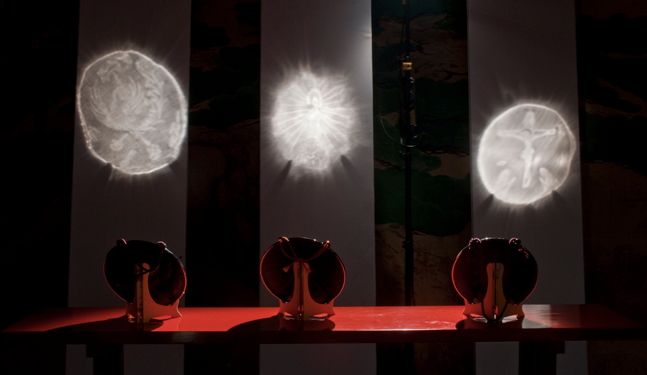Science and Technology are fascinating fields and everyday there are new discoveries that show us how amazing the world around us is and how much more we have to learn. Today I learnt that water can be converted to Hydrogen Peroxide if the water droplets are small enough. The phenomena was discovered three years ago by researchers at Stanford University when they sprayed small drops of water onto a special strip of paper that turns blue in the presence of hydrogen peroxide – the main ingredient in bleach. Interestingly other researchers have had problems replicating the results so the team spent the past few years trying to understand why it happens and how.
They mixed water with dye that glows in the presence of hydrogen peroxide and then injected the mixture into microscopic channels made of glass like silica and they found that the liquid was glowing when passing through the tubes. They then found that the water contained hydrogen peroxide at a concentration of 0.0019 grams per liter after passing through the channel. The theory is that the liquid takes electrons from the channels and causing the water molecules, which are made of two hydrogen atoms and one oxygen atom, to reconfigure into hydrogen peroxide molecules, which have an additional oxygen.
Contact electrification between water and a solid surface is crucial for physicochemical processes at water–solid interfaces. However, the nature of the involved processes remains poorly understood, especially in the initial stage of the interface formation. Here we report that H2O2 is spontaneously produced from the hydroxyl groups on the solid surface when contact occurred. The density of hydroxyl groups affects the H2O2 yield. The participation of hydroxyl groups in H2O2 generation is confirmed by mass spectrometric detection of O in the product of the reaction between 4-carboxyphenylboronic acid and O–labeled H2O2 resulting from O2 plasma treatment of the surface. We propose a model for H2O2 generation based on recombination of the hydroxyl radicals produced from the surface hydroxyl groups in the water–solid contact process. Our observations show that the spontaneous generation of H2O2 is universal on the surfaces of soil and atmospheric fine particles in a humid environment.
This effect could be a possible explanation of why certain viruses don’t spread as quickly during the high humidity season of the year. As the hydrogen peroxide being created would act as a disinfectant to kill the viruses. If we can consistently get this to occur then it would be a quick and easy way to do a basic disinfection of a high movement area. However, before practical implementations can be discussed there is still a lot of work to be done.
Paper: Water–solid contact electrification causes hydrogen peroxide production from hydroxyl radical recombination in sprayed microdroplets
Source: Water droplets can sometimes turn into bleach when hitting a surface
– Suramya

